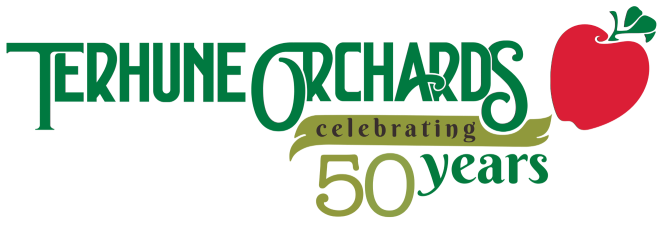by Gary Mount
One of the first farm jobs that I had as a boy was raking brush. This time-honored task seems to be particularly reserved for the children of fruit growers and for me came just after my stint at fixing boxes. That job, paid at 5 cents a box started at age ten and consisted of repairing (or in some cases, re-constructing) one and one-eighth bushel field crates used for harvest and storage of apples and one-bushel pie boxes used for reject apples that were not sufficient quality to make the first grade and thus were destined for processing into sliced apples, apple sauce or cider. I’m not quite sure whether my father had my brothers and I repair all those boxes over and over again just to save money or whether he was ensuring our minds and bodies were fully occupied. Maybe some of both – what do you think? Great was the day when I could leave behind the hundreds (thousands!) of boxes fixed and unfixed and work in the orchard raking brush.
On most apple farms, each tree is pruned every year. The cut branches fall to the ground and besides making the orchard look messy (heavens!), they get in the way of other orchard work (mowing, spraying, thinning and picking). This sets the stage for the orchardist’s son (or some other equally lucky person) to rake the branches from under the trees with a pitchfork and pile them into rows between the trees. Prior to 1955 or so, common practice was to push all of this brush out of the orchard with a bull rake – an assemblage of long wooden forks that slide along the ground in front of and pushed by a tractor. Not only was the brush gotten out of the way, but diseased branches were also removed from the orchard. This, in an era before effective fungicides, was an important method of disease control.
When Pam and I purchased Terhune Orchards in 1975, one of the gems that came with the farm was a 1939 McCormick-Deering tractor, Model O-14 (The O stands for orchard – this make later became International Harvester). It was fitted with a bull rake and for several years I used it to push brush out of the orchard and into the pasture to be burned. This was always an exciting job because I would burn the brush as I worked and if the tractor stalled at the brush pile, the only way to start it again way by hand cranking!! With the pile of burning brush in front, it made for interesting work. (This tractor is now the one that children may drive. It’s along the drive between the chicken pen and the pasture.)
These days I take care of most of the brush by driving over it with a large and very sturdy rotary mower. The chopped up branches then decay and return to the soil. Some pear and peach brush still needs to be removed from the orchard for disease control and I still have the bull rake in the barn. I’d be glad to show it to you sometime. Happy Farming!
